The journeys back and forth of Ruta BBVA in Colombia
Although it took Ruta BBVA more than 27 years to visit Colombia for the first time, the expedition has travelled across Colombia twice in less than four years: First from Cali to Cartagena and then from Cartagena to Bogota. Two editions of an initiation journey that for many years has captured the hearts and minds of the Colombian people. So much so that more than 100 young Colombians have taken part in its 31 editions.
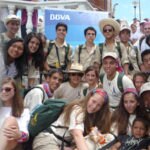
It took Ruta BBVA 27 years to visit Colombia for the first time. In June 19th, 2012, the highways, roads and towns of the country were finally able to welcome the more than 300 young participants from Europe, Asia, Africa, the U.S., Central America and other South American that travelled across the country’s geography in that year’s edition.
Gathering under the shadow of the Quetzal, the emblematic Mesoamerican bird, the members of the expedition - which included a group of Colombians - set off on a journey that saw them travel from the Cauca Valley to Cartagena de Indias, and across areas of the Coffee Belt and the Tolima. Here they paid homage to Mutis, the great botanical scholar, and commemorated the 250 anniversary of his visit to the country: the Botanical Expedition, thanks to which he was able to open the world’s eyes to our biodiversity for the first time.
The expedition was warmly greeted by the residents of the different towns and villages that it visited, who welcomed the young adventurers just as they would have if they were TV or movie stars, cheering and clapping from balconies or sidewalks. Beltrán, Guaduas, Honda, Mariquita and Ambalema awarded medals to the members of the Ruta BBVA, and Cartagena welcomed them as guests of honor.
It was there, during a conversation with Jaime García Márquez that the world learnt about the delicate health condition of our Nobel laureate, Gabriel García Márquez, who would pass away in Mexico two years later.
Before arriving at Heroica, the expedition visited the Tayrona Park, where the mamos Kogui, with their prayers and manillas (bracelets), summoned protection from the gods of Sierra Nevada de Santa Marta for the expedition. Later, in Palenque de San Basilio - the first village to be founded by slaves in América - they paid tribute to Benkos Biohó, leader and liberator of a group of enslaved Africans during Colonial times.
-
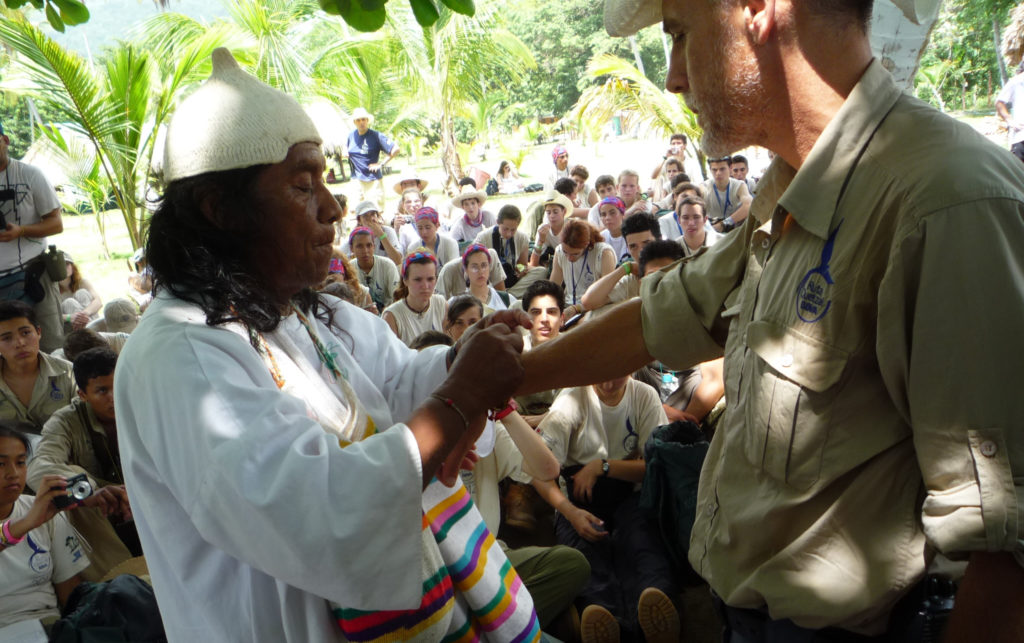 1
1Mamo Kogui
-
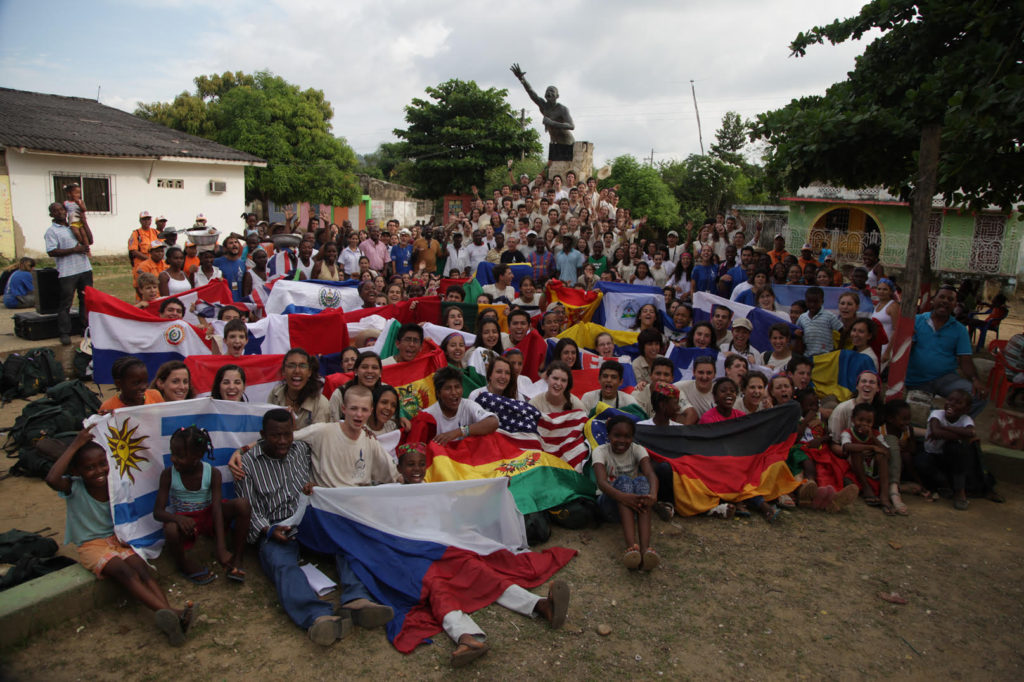 2
2Children
-
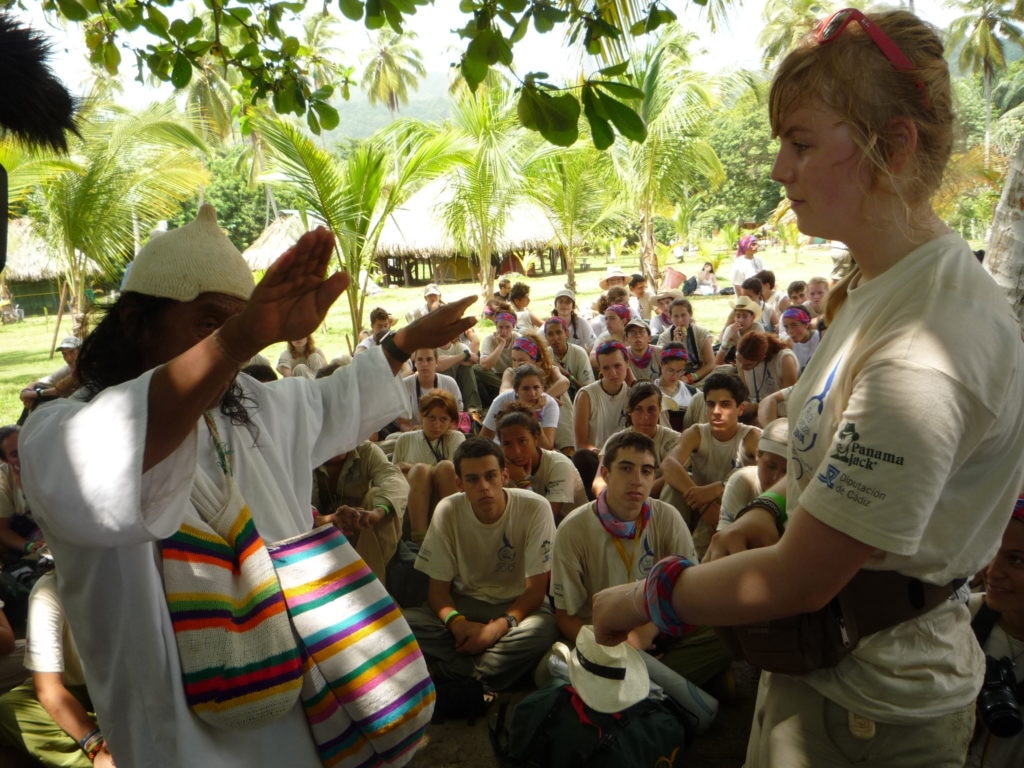 3
3Mamo Kogui
The expedition’s first journey through Colombia concluded in Bogotá, with the visit to Casa de Nariño, where the president of the Republic, Juan Manuel Manuel, named the Ambassadors of Colombia to the World, before waving goodbye to our country to the beat of Chocquibtown, a popular Colombian group.
From the Caribbean to the savannah
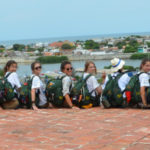
But the ‘goodbye’ turned out to be just a ‘see you soon’, and in 2015 the expedition was back in Colombia. This time with a somewhat smaller group of young participants, but with a defined purpose: Social Entrepreneurship, and an agenda that allowed them to learn first-hand about different social initiatives such as those of Fundación Felipe Gómez Esocabar, Escuela de Artes y Oficios de Tunja and Barichara, the latter in the Santander department.
Just as the conquistadors did before them, they landed in Cartagena, visiting Tayrona once again and going for a swim at the cape of San Juan de Guía, before travelling to Aracataca; where they paid tribute to Gabo, in the first anniversary of his death.
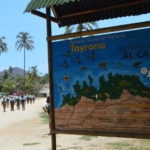
Barichara, Colombia’s most beautiful village, will always remember their visit and the unforgettable concert that filled its majestic cathedral with sound and laid bare the musical skills of Adrian, a visually impaired member of the expedition and Ambassador for Disability, who impressed everyone with his ability to adapt and give his best throughout the whole journey.
The next day, Ruta BBVA set off to complete one of the harshest treks the expedition would take on in Colombia: The crossing of the Chicamocha canyon, descending to Villa Nueva and Jordan, to then climb again to Mesa de los Santos.
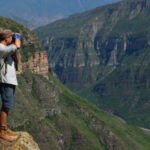
Villa de Leyva and Tunja would be the next stops along the route. Entrepreneurship was the focal point of this leg of the journey, and the expedition members were invited to attend a series of meetings, and to visit the Arts and Crafts School in Tunja, capital of Boyacá.
Bogotá was the last stop for Ruta BBVA 2015. There, once again, president Santos welcomed them to the Casa de Nariño, accompanied by BBVA Colombia Chairman Óscar Cabrera and Tourism Vice-Minister Sandra Howard.
-
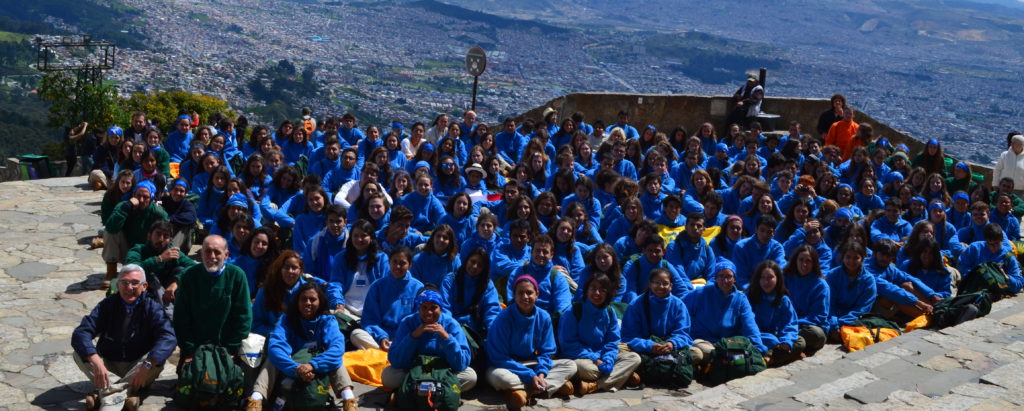 1
1Visiting visit the Arts and Crafts School in Tunja
-
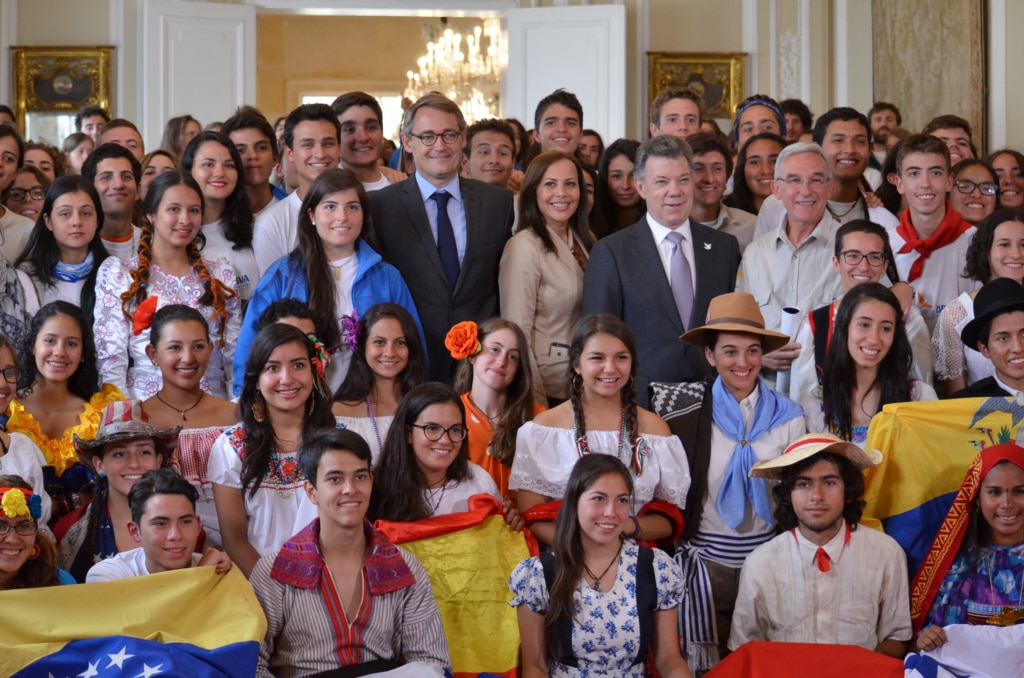 2
2Santos and Cabrera
-
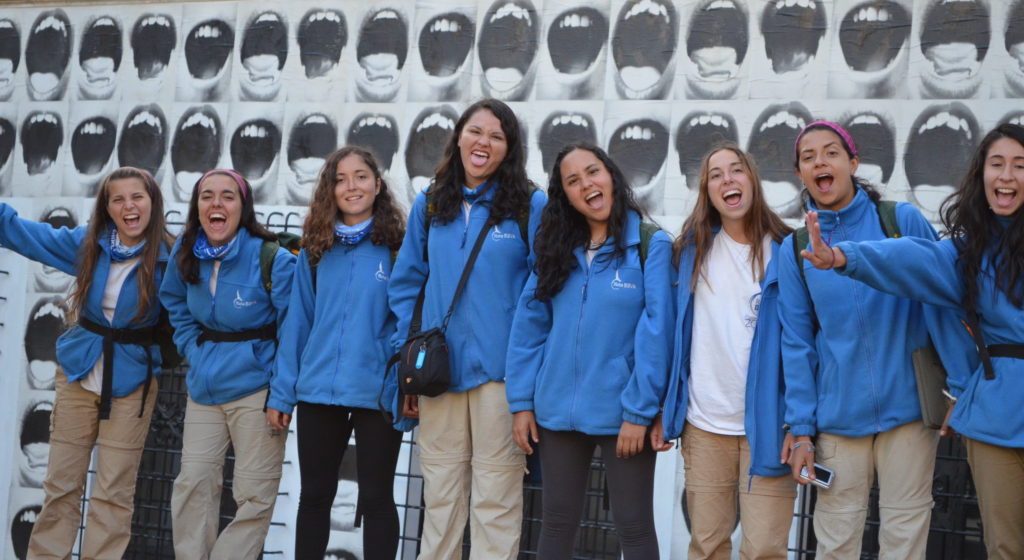 3
3Girls in Villa de Leyva and Tunja
The 180 members of the expedition received their diplomas, which were issued by Complutense University of Madrid, at the hall of the University of Los Andes.
Besides hosting two editions of the Route, Colombia has always shown a keen interest for the expedition. Indeed, more than 100 young Colombians have taken part in the 31 editions of the adventure, including members of the guambiano, embera and wayúu indigenous peoples, and counting the 10 youngsters from Bogota, Cali, Envigado, San Vicente Ferrer, Marinilla, Armenia, Riohacha and Cartagena that will embark in this year’s edition.